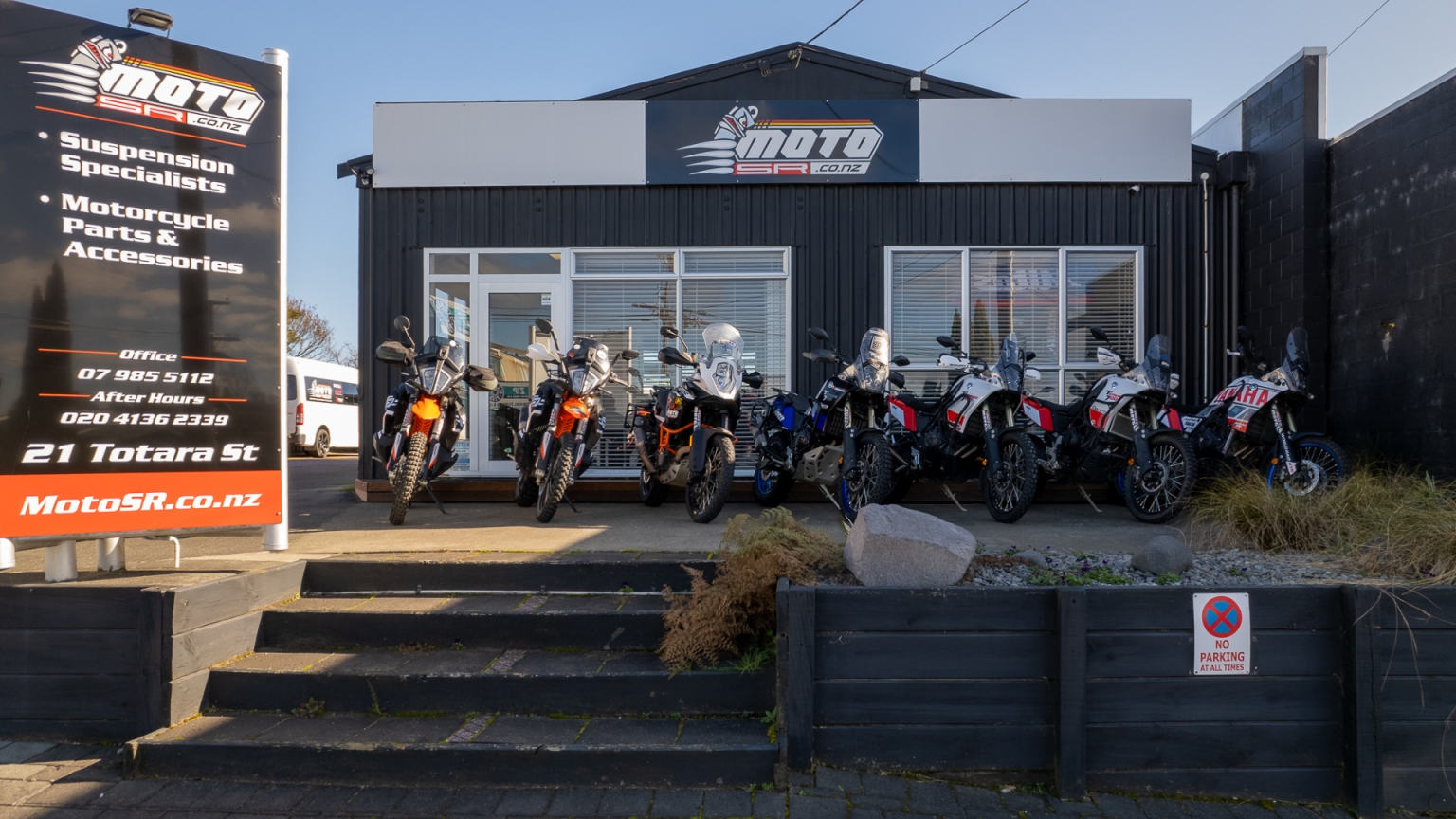Visit Our Motorcycle Shop for Professional Advice and High Quality Products
Visit Our Motorcycle Shop for Professional Advice and High Quality Products
Blog Article
Recognizing the Important Parts of a Motorcycle: A Comprehensive Guide for Enthusiasts
For motorbike fanatics looking to raise their riding experience and guarantee their bikes run smoothly, understanding the essential parts of a bike is vital. Each component, from the engine's complex functions to the crucial function of the braking devices, not just impacts performance but likewise security and comfort.
Engine Components

The camshaft plays an important function in regulating the timing of the engine's valves, making certain the specific opening and closing essential for reliable gas and air consumption, as well as exhaust expulsion. This timing is vital to keeping optimal engine efficiency and efficiency. Additionally, the carburetor or gas injection system, depending on the motorbike version, is in charge of mixing air with fuel in the proper ratio for burning.
The air conditioning system, either air or liquid-based, functions to keep the engine's temperature within operational limitations, stopping overheating and making certain long life - motocross gear. Each part, diligently created and integrated, adds to the smooth procedure of the engine, specifying the bike's power output and total performance
Transmission System
Integral to the motorbike's functionality, the transmission system makes certain reliable power transfer from the engine to the wheels. This system consists of several critical parts, including the clutch, transmission, and final drive, each playing a crucial role in converting the engine's power into activity. The clutch, generally run by a hand lever, offers to involve and disengage the engine from the transmission, allowing for smooth equipment modifications and controlled acceleration.
The transmission, usually referred to as the transmission appropriate, has a collection of equipments that cyclists can manually shift with to change the bike's speed and torque outcome. These gears are prepared in a series that enables the motorbike to increase smoothly and keep optimum engine performance across various speeds. Many motorbikes utilize a consecutive gearbox, needing the rider to change gears in a fixed order.
Braking Mechanisms
While comprehending the transmission system is vital to harnessing a motorbike's power, similarly essential is the ability to manage and stop that power properly, which is where stopping devices enter into play. Brakes are vital for safety and security and performance, supplying the biker with the necessary control to browse numerous surfaces and problems. Typically, bikes include 2 kinds of braking systems: disc brakes and drum brakes.
Disc brakes are extra widespread in modern-day motorbikes due to their superior performance. They include a brake disc, caliper, and pads. When activated, the caliper squeezes the brake pads against the spinning disc, converting kinetic power into heat, consequently Go Here reducing the wheel. This system supplies far better heat dissipation, constant efficiency, and improved quiting power, particularly in damp problems.
On the other hand, drum brakes, though less typical, are still located in some motorbikes. They work by pressing brake shoes against the inner surface of a drum connected to the wheel. While normally much less reliable in warm dissipation and stopping power, drum brakes are simpler and extra economical.
Recognizing these stopping systems' nuances enables cyclists to maintain their motorbikes properly and value the engineering that ensures efficient and secure quiting.
Suspension and Steering
Suspension and steering systems are vital components that dramatically affect a motorcycle's handling and experience convenience. The suspension system, including forks at the front and shock absorbers at the back, absorbs roadway irregularities, enhancing security and control. Front forks, inverted or commonly telescopic, compress and rebound to reduce impacts, while back shock absorbers maintain tire call with the roadway, important for grip and safety.
Steering, focused around the handlebars, links the rider to the motorbike's directional control. this The guiding head bearings ensure smooth procedure, enabling exact maneuverability. Correct alignment and upkeep of these bearings are critical for predictable guiding response and lowering motorcyclist exhaustion.
The suspension's adjustability is an additional critical element; preload, damping, and rebound setups enable personalization to suit numerous riding styles and conditions. This versatility is essential for maximizing efficiency, whether navigating urban streets or tackling tough routes. Advancements like digital shock absorber provide real-time modifications, boosting ride quality throughout diverse terrains.

Electrical Equipments
After guaranteeing a smooth and controlled adventure with reliable suspension and steering systems, attention transforms to the electric systems, a crucial aspect of modern motorcycles. These systems play a critical duty not only in beginning the engine however likewise in powering different parts that improve the capability and safety of the motorcycle.
At the heart of a motorcycle's electric system is the battery, which stores electric power required for starting the engine and powering supporting systems - motorbike shop. The generator or generator, paired with the rectifier-regulator, makes sure the battery stays charged while the motorbike is in procedure, transforming power right into use this link electrical energy and keeping voltage levels
The ignition system, an additional important element, is accountable for firing up the air-fuel mixture in the engine's cylinders. Modern bikes usually utilize an electronic ignition system, offering higher efficiency and reliability contrasted to typical systems.
Illumination systems, consisting of fronts lights, tail lights, and indicators, are likewise vital, making certain presence and safety and security for the cyclist. Extra electronic parts such as sensors, control devices, and displays add to innovative attributes like fuel injection management, anti-lock stopping systems (ABS), and electronic control panels, further improving the riding experience.
Final Thought
A comprehensive comprehension of a motorcycle's necessary components, consisting of the engine, transmission system, stopping systems, suspension, steering, and electrical systems, is important for lovers aiming to optimize comfort, security, and performance. Proficiency of these components enables notified choices relating to upkeep and upgrades, eventually enhancing the riding experience. By integrating this knowledge, cyclists can ensure their bikes operate at peak effectiveness and dependability, thereby taking full advantage of both satisfaction and long life of their vehicles.
For bike enthusiasts looking to raise their riding experience and guarantee their bikes run smoothly, recognizing the important parts of a motorbike is vital.Essential to the motorbike's capability, the transmission system guarantees efficient power transfer from the engine to the wheels.While understanding the transmission system is key to utilizing a motorcycle's power, similarly vital is the ability to control and stop that power effectively, which is where stopping devices come into play. Commonly, motorcycles include 2 types of stopping systems: disc brakes and drum brakes.
A comprehensive comprehension of a motorcycle's important components, including the engine, transmission system, stopping devices, suspension, guiding, and electrical systems, is crucial for fanatics intending to enhance comfort, safety and security, and performance.
Report this page